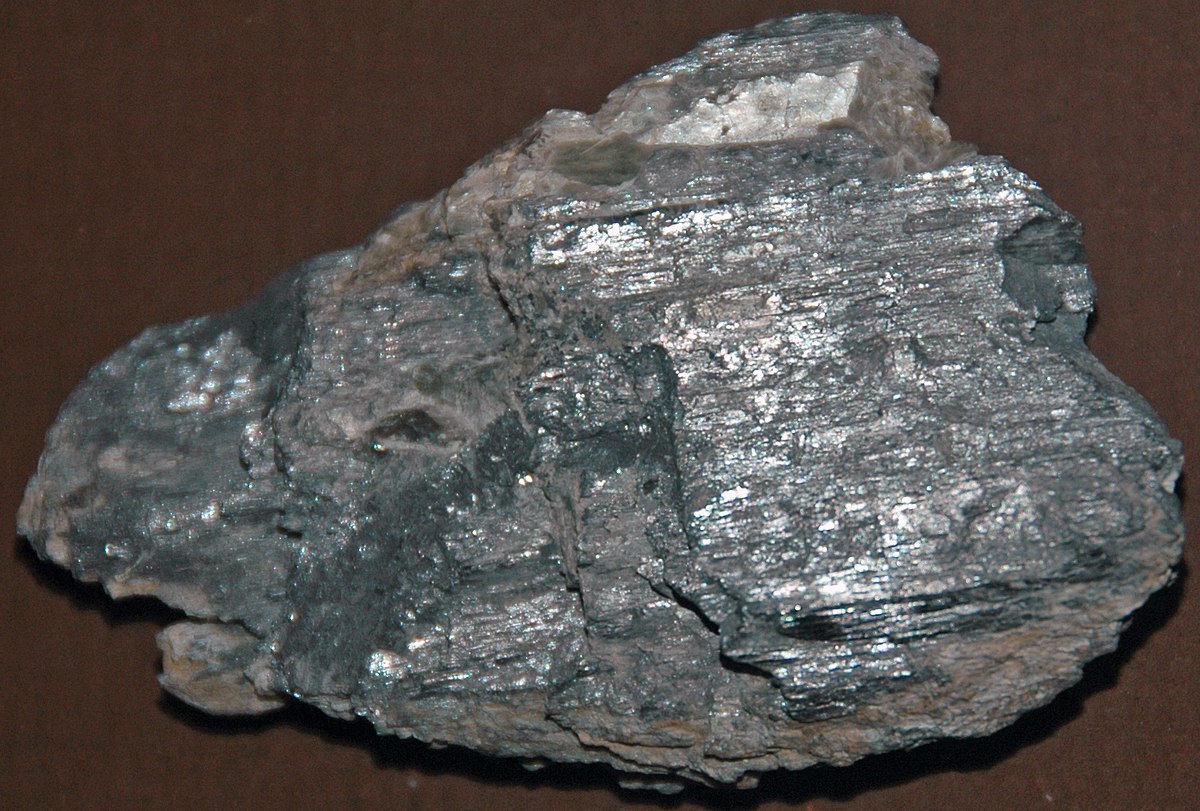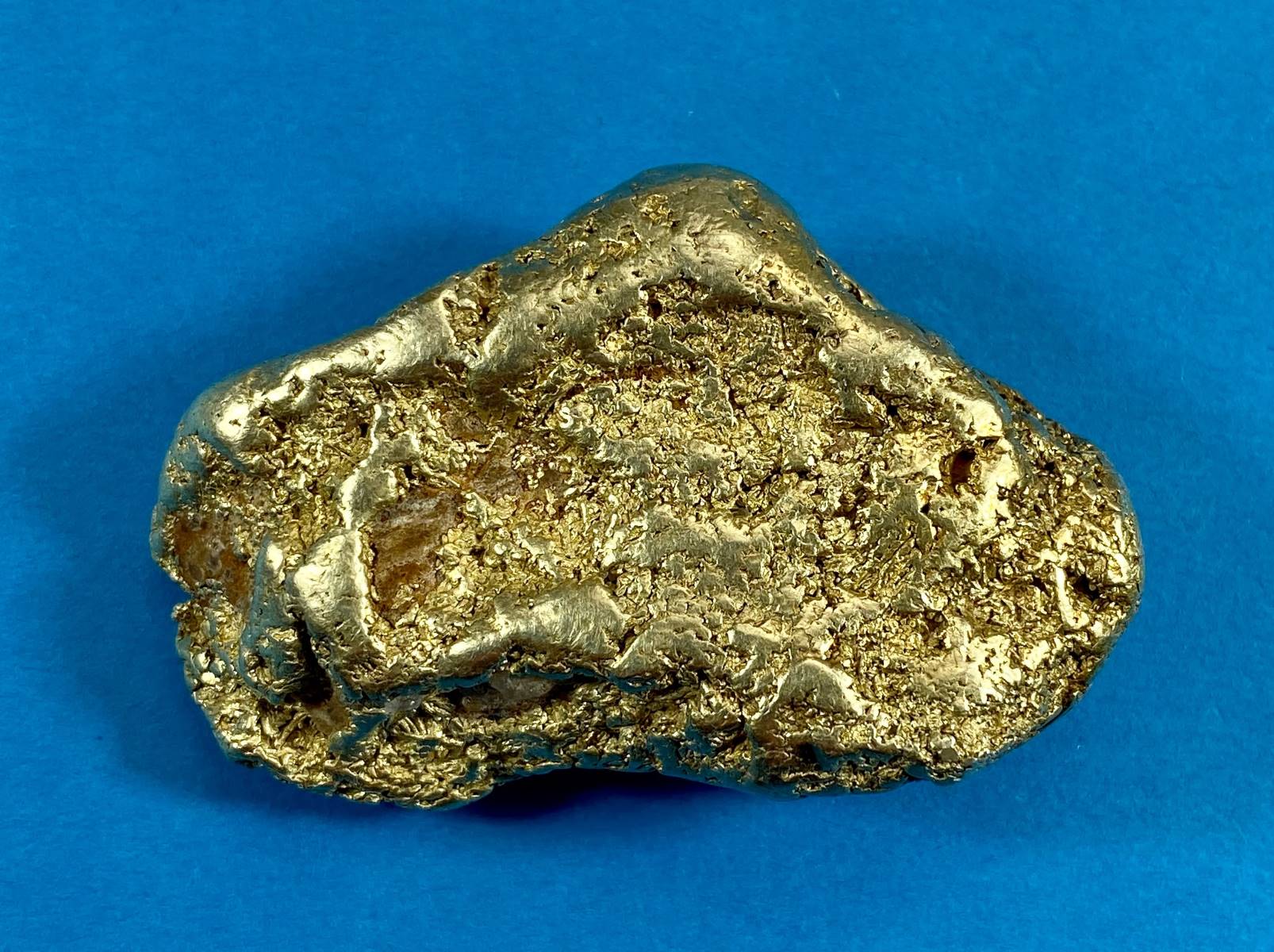
What is Bismuthinite? Bismuthinite is a fascinating mineral composed of bismuth sulfide (Bi2S3). This mineral typically forms in hydrothermal veins and is often associated with other sulfide minerals. Its metallic luster and lead-gray color make it easily recognizable. Bismuthinite is not just a pretty face; it has practical uses too. It serves as an important source of bismuth, a metal used in various applications, from cosmetics to pharmaceuticals. Why should you care about Bismuthinite? Understanding this mineral can give insights into geology, mining, and even the tech industry. Whether you're a student, a hobbyist, or just curious, learning about bismuthinite can be both educational and fun.
Key Takeaways:
- Bismuthinite, a shiny gray mineral, is 81.2% bismuth and 18.8% sulfur. It's used in medicines, cosmetics, and alloys, and is a favorite among mineral collectors.
- Mining bismuthinite has both positive and negative impacts on the environment. Modern practices aim for sustainability, but proper waste management and reclamation are crucial.
What is Bismuthinite?
Bismuthinite is a fascinating mineral composed primarily of bismuth sulfide (Bi2S3). It has a unique metallic luster and a striking lead-gray color. Let's dive into some intriguing facts about this mineral.
-
Bismuthinite's Composition: Bismuthinite is made up of 81.2% bismuth and 18.8% sulfur by weight.
-
Crystal Structure: It forms in the orthorhombic crystal system, which means its crystals are shaped like elongated prisms.
-
Discovery: First identified in 1832, bismuthinite has been studied for nearly two centuries.
-
Occurrence: This mineral is typically found in hydrothermal veins, often alongside other sulfide minerals.
-
Major Locations: Significant deposits of bismuthinite are found in Bolivia, Peru, China, and Japan.
Physical Properties of Bismuthinite
Understanding the physical properties of bismuthinite can help in identifying and utilizing this mineral.
-
Color: Bismuthinite has a distinctive lead-gray color, making it easily recognizable.
-
Luster: It exhibits a metallic luster, giving it a shiny, reflective surface.
-
Hardness: On the Mohs scale, bismuthinite has a hardness of 2, making it relatively soft.
-
Streak: When scratched on a porcelain plate, it leaves a black streak.
-
Density: Bismuthinite has a high density of about 6.8 to 7.2 g/cm³.
Uses of Bismuthinite
Bismuthinite isn't just a pretty mineral; it has practical applications too.
-
Bismuth Source: It is a primary ore of bismuth, which is used in various industries.
-
Pharmaceuticals: Bismuth compounds derived from bismuthinite are used in medications for treating stomach ulcers.
-
Cosmetics: Bismuth oxychloride, a derivative, is used in some cosmetics for its pearlescent effect.
-
Alloys: Bismuth is used to create low-melting-point alloys for fire detection and suppression systems.
-
Pigments: Bismuth compounds are used to produce non-toxic pigments for paints.
Interesting Facts About Bismuthinite
Here are some lesser-known yet fascinating facts about bismuthinite.
-
Twinning: Bismuthinite crystals often exhibit twinning, where two crystals grow together in a symmetrical manner.
-
Radioactivity: Bismuthinite is not radioactive, making it safe to handle.
-
Solubility: It is insoluble in water but can dissolve in nitric acid.
-
Conductivity: Bismuthinite is a poor conductor of electricity.
-
Historical Use: In ancient times, bismuthinite was used to create bismuth bronze, an alloy prized for its hardness.
Geological Significance of Bismuthinite
Bismuthinite plays an important role in geology and mineralogy.
-
Indicator Mineral: It can indicate the presence of other valuable minerals in hydrothermal veins.
-
Formation Conditions: Bismuthinite forms at moderate temperatures, typically between 100°C and 300°C.
-
Associated Minerals: It is often found with minerals like galena, sphalerite, and chalcopyrite.
-
Alteration: Over time, bismuthinite can alter to bismite, a bismuth oxide mineral.
-
Economic Importance: Mining bismuthinite is economically significant due to the demand for bismuth.
Fun Facts About Bismuthinite
Let's explore some fun and quirky facts about bismuthinite.
-
Name Origin: The name "bismuthinite" is derived from the German word "Wismut," meaning bismuth.
-
Crystal Habit: Bismuthinite crystals can form needle-like or fibrous shapes.
-
Magnetism: It is not magnetic, which helps in distinguishing it from other minerals.
-
Fluorescence: Bismuthinite does not fluoresce under UV light.
-
Collectors' Item: Due to its unique appearance, bismuthinite is a favorite among mineral collectors.
Environmental Impact of Bismuthinite Mining
Mining bismuthinite has both positive and negative environmental impacts.
-
Sustainable Practices: Modern mining practices aim to reduce the environmental footprint of bismuthinite extraction.
-
Waste Management: Proper disposal of mining waste is crucial to prevent soil and water contamination.
-
Reclamation: Post-mining land reclamation efforts help restore ecosystems affected by mining activities.
-
Economic Benefits: Mining bismuthinite provides jobs and supports local economies.
-
Regulations: Strict regulations ensure that bismuthinite mining is conducted responsibly and sustainably.
Bismuthinite's Fascinating World
Bismuthinite, a mineral with a unique metallic luster, holds a treasure trove of intriguing facts. Its chemical composition, Bi2S3, makes it a primary ore of bismuth. Found in hydrothermal veins and high-temperature deposits, this mineral often coexists with other sulfides like galena and sphalerite. Its striking needle-like crystals, sometimes forming intricate clusters, make it a favorite among mineral collectors.
Bismuthinite's uses extend beyond mere aesthetics. Bismuth, extracted from this mineral, finds applications in pharmaceuticals, cosmetics, and even as a non-toxic replacement for lead in various products. Its low melting point and high density make it valuable in specialized alloys and fire detection systems.
Understanding bismuthinite's properties and applications not only enriches our knowledge of geology but also highlights its significance in everyday life. This mineral, with its blend of beauty and utility, truly stands out in the world of natural wonders.
Frequently Asked Questions
Was this page helpful?
Our commitment to delivering trustworthy and engaging content is at the heart of what we do. Each fact on our site is contributed by real users like you, bringing a wealth of diverse insights and information. To ensure the highest standards of accuracy and reliability, our dedicated editors meticulously review each submission. This process guarantees that the facts we share are not only fascinating but also credible. Trust in our commitment to quality and authenticity as you explore and learn with us.


